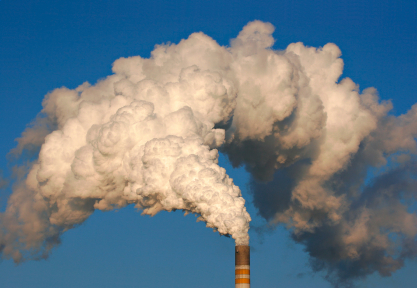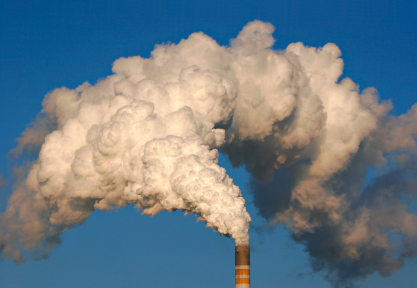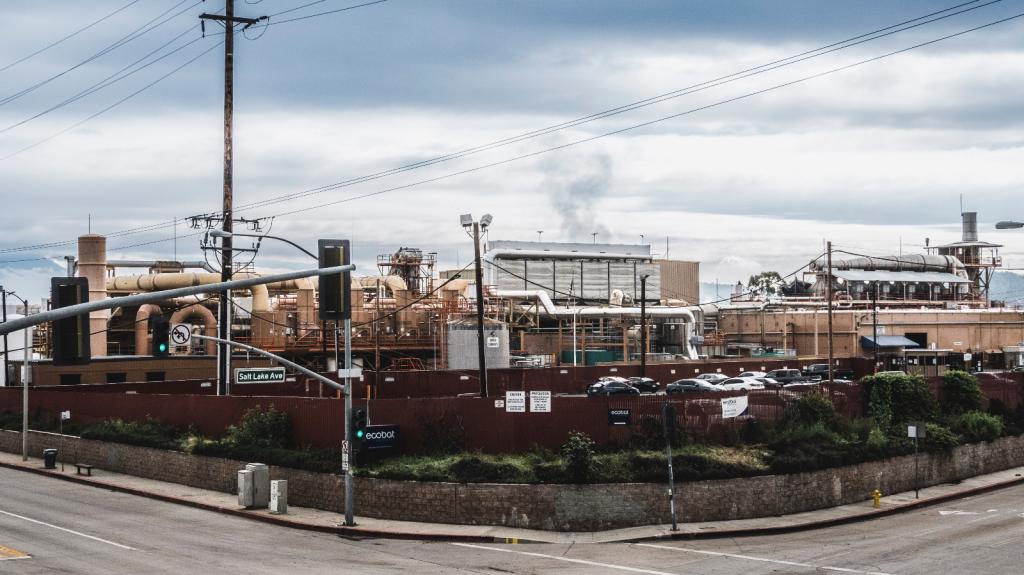In another dimension — a wonderful, magical dimension — an announcement about curtailing soot pollution would be hailed as a triumph, an obviously useful decision that’s worth celebrating.
That dimension seems like it would be a nice place to live.
Today, the Environmental Protection Agency (EPA) proposed a stricter guideline for particle pollution, small pieces of dust and soot and other combusted matter that are released into the air and then inhaled. Particulate matter is one of six pollutants covered by the EPA’s National Ambient Air Quality Standards, which serve as a sort of clean air check list. Every five years the standards are reviewed for efficacy in protecting public health; each is supposed to be updated as needed to protect health.
There are two types of particulate matter regulated by the EPA, and two levels at which they’re monitored. Today’s proposal [PDF] would drop the annual amount of allowable fine particle (PM 2.5) pollution from 15 micrograms per cubic meter to 12 or 13 — in the former (better) case, a reduction of 20 percent. The EPA also proposed a new standard that would improve visibility in urban areas, mandating either 28 or 30 deciviews. States would have until 2020 to meet the standards.

So that’s the science. More important are the impacts. Those most susceptible to negative effects of particulate pollution are those with heart and lung disease, older people, children, and those in low-income households. Long-term fine particulate matter exposure results in premature death from heart disease and increased heart attacks and strokes; short-term exposure can trigger similar deadly responses along with impaired breathing. The EPA estimates that a reduction to 12 micrograms/cubic meter would save between $2.3 billion and $5.9 billion in health costs. Annually.
Win-win, right? Well …
We mentioned that these standards are supposed to be updated when needed. That “supposed to be” was intentional. Updates are always contentious because stricter standards mean that polluters need to curtail their polluting, which means installing filters or changing practices. In other words, cost. So polluters fight against updates. They’d rather that the cost of pollution be borne by your lungs than their pocketbooks. When the Clean Air Act was passed, it dictated that the EPA was not to consider the economic impacts of applying NAAQS regulations. The EPA was solely to determine what levels of pollutants were acceptable to public health. An era in which such a noble standard could be applied by the EPA and accepted by the impacted businesses is long gone, if it ever existed.
Earlier this week, knowing that the EPA’s proposal was imminent, the American Petroleum Institute’s director of regulatory and scientific affairs gave this quote to Oil & Gas Journal, which you probably all have a subscription to and read regularly.
Air quality progress under the current standards, control programs, and industrial initiatives has been substantial. According to EPA, between 2000 and 2010, concentrations of PM 2.5 fell by 27%. As a result, more than three fourths of Americans today live in areas where air quality meets today’s standards.
The claim that “the system works already!” is one of the two arguments that are literally always used; the other, that the rules will destroy jobs. These arguments carry political weight, which is why the EPA, a body under the direction of a democratically elected president, has to be judicious in how it updates its policies.
There’s a surefire way to break such a logjam: the courts. When the EPA doesn’t act on updating standards, environmental advocates and others often sue to force them to do so. In this case, that’s exactly what happened. The particulate matter standard was due for review in 2011. When that review didn’t happen, the American Lung Association partnered with other organizations and 11 states to ask the courts to force action. At the end of May, a federal judge did exactly that, resulting in today’s announcement.
Under an edict from the White House, the EPA calculated the anticipated cost of implementing the revised standard. A new standard of 12 micrograms/cubic meter would cost $69 million to implement. And, again, result in $2.3 billion to $5.9 billion in health-cost savings annually at the lower recommended level. Perhaps most remarkably, nearly every county in the country is already on pace to meet the standard by 2020. In fact, only six counties aren’t expected to meet the standard [PDF] — Riverside and San Bernadino counties in California, Santa Cruz County in Arizona, Wayne County in Michigan, Jefferson County in Alabama, and Lincoln County in Montana.
Despite the obvious benefits, low cost, limited impact, and court mandate, settle in for a nice, long debate over this relatively modest change. If you expected that this proposal meet with limited opposition a few short months before House members and the president defend their offices, then I assume you’re visiting from that idealized dimension I mentioned at the outset.
Welcome to America in 2012, visitor from a foreign land. If you figure us out, please let us know what we’re doing.


